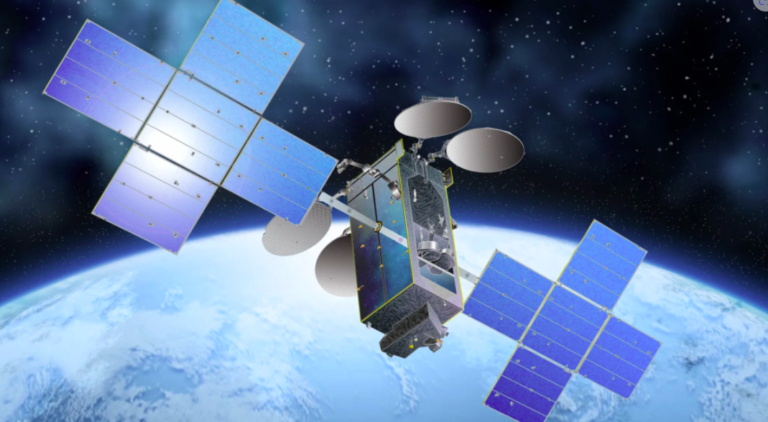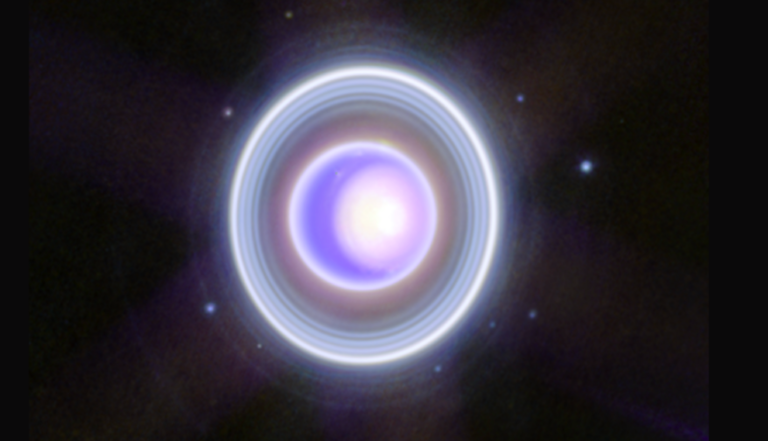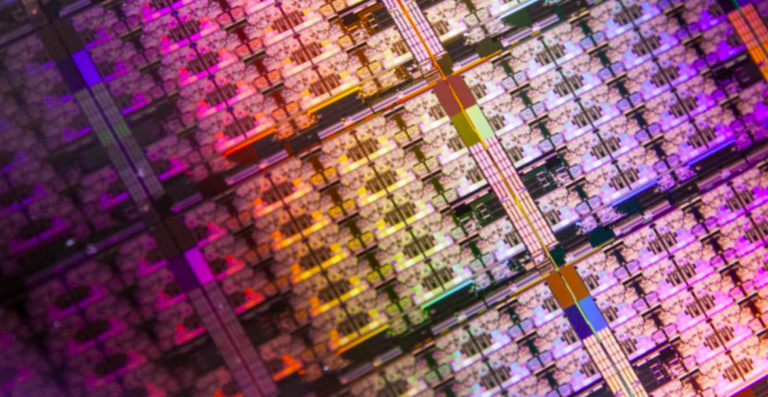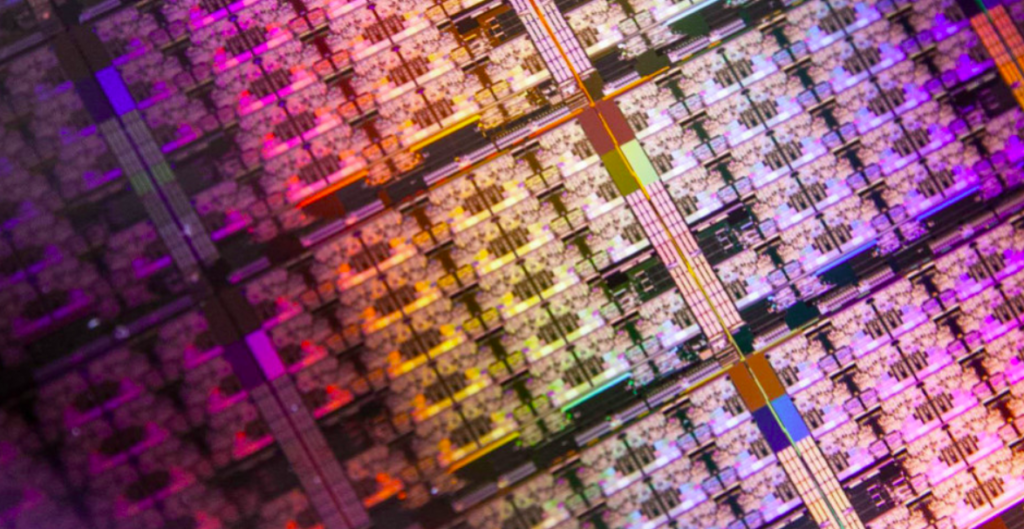HughesNet, a competitor to Starlink Satellite Internet, has recently launched its 100Mbps service.

In the past, individuals have only utilized satellite internet when they had no other choice, but with the advent of Starlink, that has begun to change. Traditional satellite internet providers aren’t giving up despite SpaceX’s explosive growth in its satellite broadband business. Following the summertime launch of a new communication satellite, HughesNet has begun to provide competitive 100Mbps speeds in the US, matching those of Starlink. It’s still playing catch-up, though.
The new Jupiter 3 satellite (above), the company’s first Ultra High Density Satellite (UHDS), is the key to HughesNet’s speed enhancement. Ironically, a SpaceX Falcon Heavy rocket—one of the least expensive ways to launch big cargoes into space—placed Jupiter 3 into a high geostationary orbit. Over the past few years, SpaceX has used the Falcon 9 rocket to launch thousands of smaller communication satellites at a low cost, which has put pressure on HughesNet to boost speeds.
HughesNet was charging $75 a month for a maximum of 25Mbps before Jupiter 3 went up this week. Given that Starlink can supply over 200Mbps for a little bit extra, that was a difficult sell. However, Starlink performance has reduced to about 100Mbps or less in many areas. The new 100Mbps service will have a monthly price of $90; however, the monthly bandwidth is limited to 200GB. Your speeds will drastically decrease once your “priority access” for the month is used up. Starlink toyed with the idea of a data cap before deciding on a broader fair-use policy.
Although Jupiter 3 is roughly the size of a bus and has solar panels that allow it to go as high as a ten-story skyscraper, SpaceX’s current Starlink satellites are smaller than a vehicle. This results from HughesNet’s more centralized method of providing internet. During Starlink’s early expansion, it has been sluggish to get better, although only one new satellite has tripled maximum data speeds. According to the business, Jupiter 3 expanded the network’s overall bandwidth by 500 gigabits, and its capacity to independently steer 300 spot beams effectively distributes that bandwidth.
However, HughesNet is still lagging behind Starlink. Jupiter 3 will definitely still have a higher latency than Starlink due to its high orbit. In order to lower latency, HughesNet has a “Fusion” plan for $110/month that combines satellite and terrestrial cellular networks. The maximum upload speed offered by HughesNet is 5Mbps, which is still inadequate. Although Starlink isn’t particularly fast, most users may still get about 20 Mbps from it. However, the company’s future remains questionable. Although HughesNet’s service is nearly on par with Starlink’s, at this point there are no scheduled satellite launches. SpaceX is currently in the process of accelerating the deployment of Starlink nodes through the launch of the Starship rocket.






















